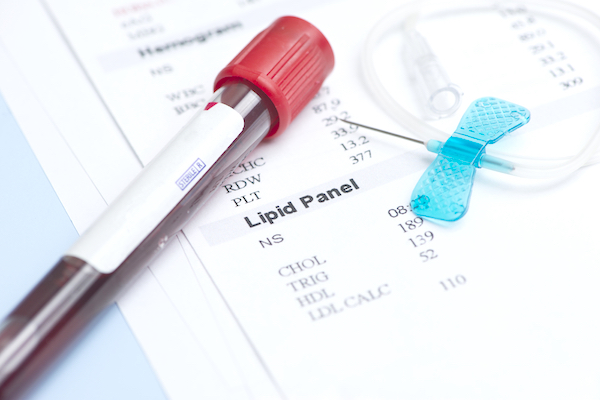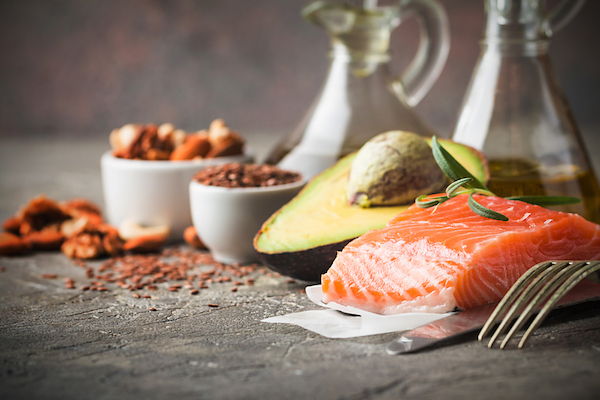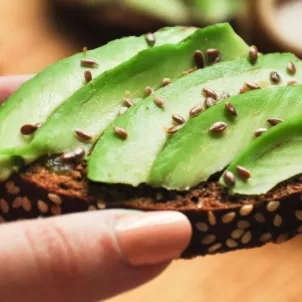Chances are you get your cholesterol and triglyceride levels measured every year at the doctor’s office. But while most people have a good idea of what cholesterol is, triglycerides remain a gray area for many of us.
HUM Nutritionist Carrie Gabriel, MS, RDN, tells us what we need to know.
What Are Triglycerides?
Triglycerides are free-flowing fats found in the bloodstream. When you consume food, your body immediately converts any calories it doesn’t need to use into triglycerides. They’re then stored in your fat cells, called lipids, in your body. Later on, hormones can release triglycerides for energy you can use between meals. Essentially, if you eat more calories than you burn, you may end up with high triglycerides, aka hypertriglyceridemia.

What’s A Normal Level?
First, to find out your triglyceride levels, your primary-care physician can give you a common test called a lipid panel. A lipid panel checks for different types of cholesterol, glucose levels, and triglyceride levels. (The American Heart Association recommends that anyone over the age of 21 get a lipid panel at least once every five years.)
It’s best to check these levels following an overnight fast (12 hours or more with no food). Home come? Because fat from a recent meal can cause inaccurate results. Normal triglyceride levels tend to run at 150 milligrams or lower. Borderline-high levels are from 150 to 200 milligrams, and high can be anywhere from 200 and up. What does that put us at risk for? Elevated triglyceride levels can cause hardening of the arteries, which can lead to heart disease and stroke. Changes are especially heightened if a person also has low “good” (HDL) cholesterol and high “bad” (LDL) cholesterol.

What Can I Do If My Triglyceride Levels Are High?
Before taking medications to lower triglycerides, I recommend trying these natural methods first: eating well and getting regular exercise. Exercising five or more days a week is ideal, even if it’s not super intense each day.
If you know you’re carrying extra pounds, losing five-to-10 percent of your body weight can also help you lower your triglyceride levels. Belly fat often correlates with higher triglyceride numbers. The belly is also where we tend to store extra weight if we’re inactive or frequently eat large portions of food.

Eating less “bad” fat is also ideal, meaning less saturated fat and little-to-no trans fats. Don’t confuse these with healthier fats found in avocados, walnuts, flaxseeds, oily fish, etc. Consumption of these omega-3s is good for you and can help boost “good” cholesterol levels.
But being mindful of greasy, fried, and sugary packaged goods is also helpful in this regard. Another thing to watch is your carbohydrate consumption. Additionally, anything more than one alcoholic beverage a day can add up and increase not only your caloric intake but also your triglyceride levels.
Again, there’s always a chance that medication may be needed in some cases. However, I recommend starting with these at-home prevention tips first before resorting to prescription alternatives.









